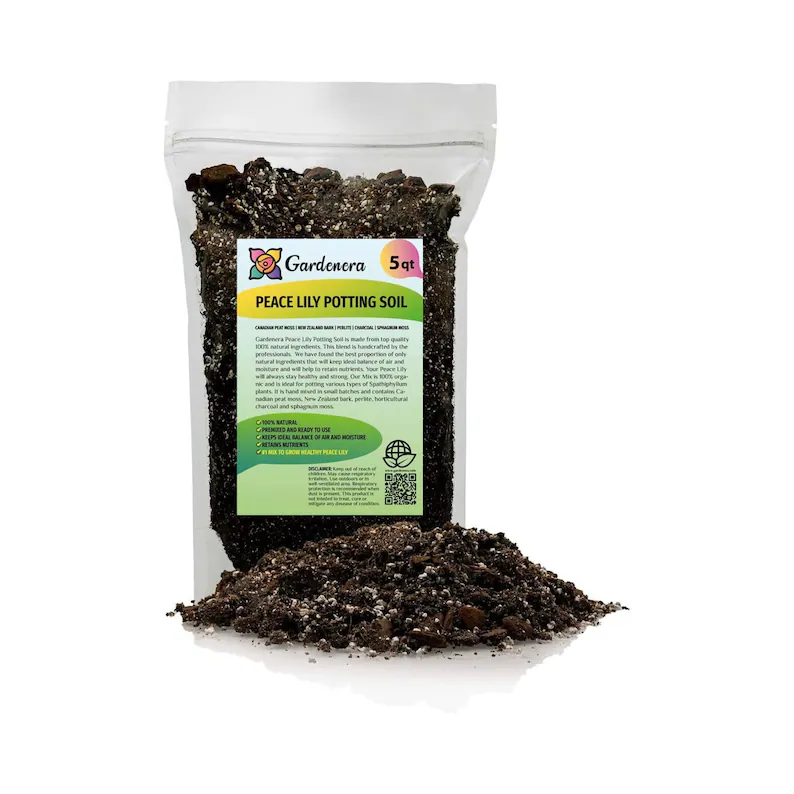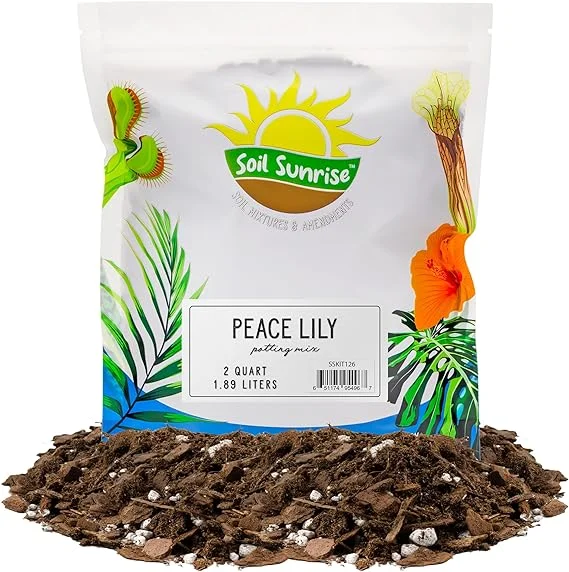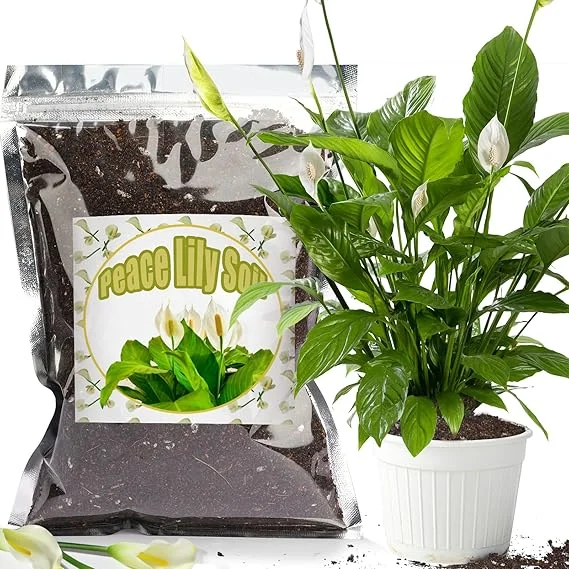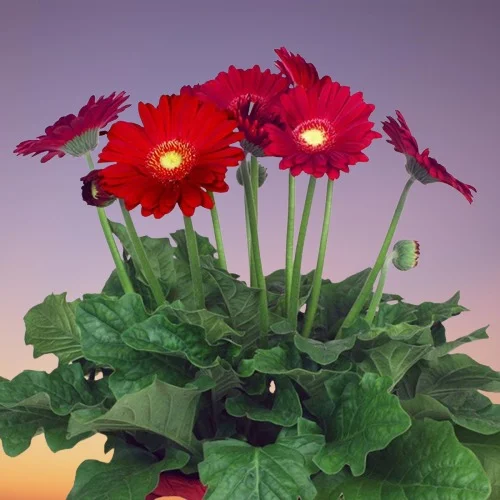11 Reasons Peace Lily is Not Flowering and How to Boost Blooming
Some links in this post may be affiliate links
Peace Lily is not blooming due to too little light, dry air, lack of nutrients, poor quality soil, pests infestations, root-rot, inconsistent watering, soggy soil, drafts among others.
Peace Lily is a vibrant plant which blossoms in bright indirect light, warm and moderately humid conditions and moderately moist, fertile, well-drained soil coupled with monthly feeding in the growing season. Learn how to grow and care for Peace Lily.
When these growing conditions are not present, your plant will not flower. Below we have listed 11 reasons why your Peace Lily is not blooming and how to encourage it to flower.
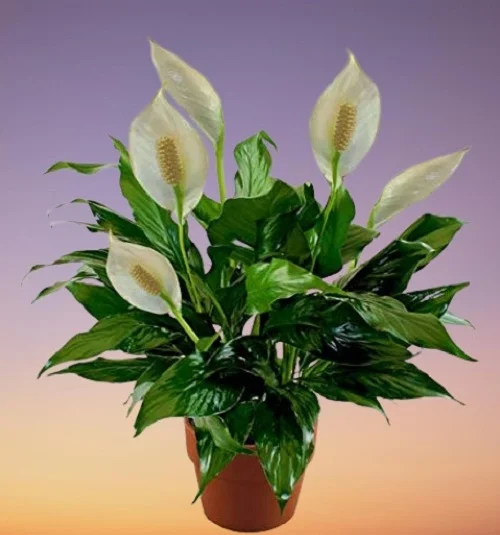
11 Reasons Peace Lily is Not Blooming & their Solutions
1. Too little light
Enough light is required for making food needed for energy and growth of the plant. Too little light means that the plant cannot make adequate food for growth and development which results in stunted growth and lack of blooms.
How to solve it
Position your Peace Lily to a brighter spot where it will receive bright indirect light or instal grow lights if the natural lighting is not sufficient.
Rotate the pot regularly to ensure that the plant receives light on all sides for uniform growth and prevent lopsided growth.
2. Pests infestations
Peace Lily is fairly resistant to pests. However, weak plants are prone to spider mites, mealybugs, aphids and fungus gnats. These sap-sucking insects will cause the plant to become dehydrated, reduced growth and flowering.
How to solve it
Seperate the affected plant from the rest of the plants to minimize spread.
Treat the affected plant with an insecticidal soap or neem oil. Make sure to follow manufacturer's instructions.
Make sure that your Peace Lily is healthy at all times by providing it with the right growing conditions.
To depress pest infestations increase the humidity as they are prevalent in dry conditions.
Keep the plant well pruned by removing spent flowers, dead and yellow foliage to minimize pest infestations. Cut the leaves with a clean sharp knife or scissors as close to the base as possible.
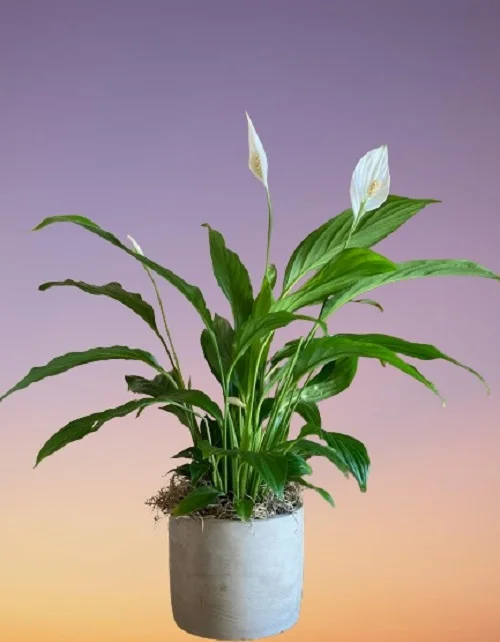
3. Dry air
Very low air humidity will cause the plant to develop brown leaf tips, drooping leaves and lack of flowers.
How to solve it
Peace Lily thrives in a humidity of 50-55%. To heighten humidity, group the plants together, grow the plant in a well-lit bathroom, set the pot on a wet pebble tray or use a humidifier.
4. Poor quality soil
Poor quality soil does not drain easily; it easily becomes compacted or soggy which will lead to reduced growth and flowering.
How to solve it
Grow your Peace Lily in fertile, loose, well-draining soils to prevent it from getting soggy while providing the required nutrients. These Peace Lily potting mixes are ideal for this plant.
5. Lack of nutrients
Overfeeding will cause the roots to die due to fertilizer burn meaning they cannot take up nutrients and water, resulting in stunted growth and failure to bloom.
Underfeeding implies that the plant is not getting enough nutrients needed for growth, therefore, growth stops and the plant will not flower.
How to solve it
Feed your Peace Lily monthly in spring and summer with a phosphorous-rich, water-soluble fertilizer to encourage flowering. Ensure that the fertilizer contains micronutrients.
Do not feed in fall and winter as growth is minimal and feeding at this time can lead to fertilizer burn resulting in reduced growth and flowering.
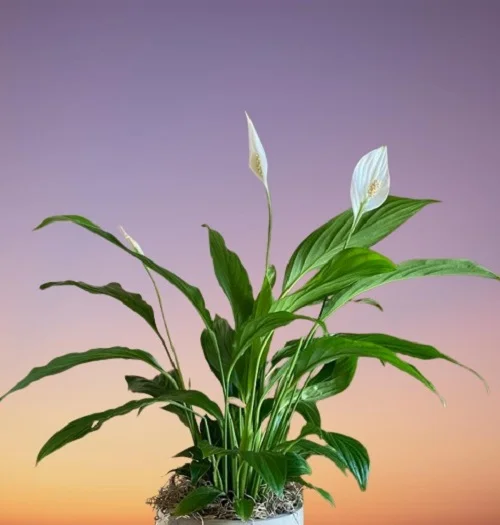
6. Inconsistent watering
Underwatering implies that there is too little moisture in the soil for the plant to take up to the leaves for photosynthesis, to make enough food. Without adequate the plant stop growing and will not bloom.
On the other hand, overwatering will lead to the death of the roots due to lack of oxygen. When the roots die, the plant cannot take up water and therefore it cannot make food for growth and flowering.
How to solve it
Water your Peace Lily when the top 2-3 inches of soil dry out but do not allow the soil to dry out completely for prolonged periods of time. Do not water on a schedule.
7. Soggy soil
Soggy soil will lead to rotting of the roots due to lack of oxygen meaning they cannot take up water and nutrients. As such, the plant cannot make sufficient food for growth and flowering.
How to solve it
Pot your Peace Lily in a well-draining soil and a pot that has a drainage hole.
Lessen watering in fall and winter to keep the soil slightly moist because growth is slowed at this time.
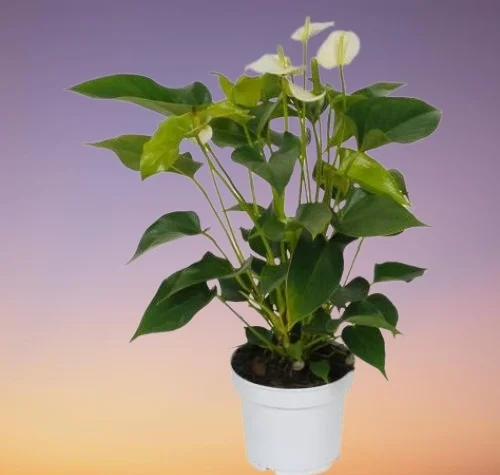
8. Drafts
Exposing your plant to sources of drafts will result in extreme temperatures; either too cold or too hot will cause reduced growth and flowering.
How to solve it
Keep your Peace Lily away from drafts emanating from drafty windows, windy doors, AC units, hot surfaces, hot air vents and others to maintain a warmth of 16-280C.
9. Being extremely pot-bound
Though Peace Lily flowers best when slightly pot-bound, when it becomes extremely root-bound, the roots have filled the pot and there is very little soil to hold water when watered. This means that there is too liitle water for the plant to take up to the leaves resulting in poor growth and blooming.
How to solve it
If a lot of roots are growing through the drainage hole, repot your Peace Lily into a pot one size larger than the current one or divide it into several sections to propagate new plants.
Routinely, repot the plant at the beginning of the growing season when it becomes pot-bound. Ensure the pot has a drainage hole and the soil is well-draining.
10. Salts buildup
Excess salts and chemicals may originate from watering with hard water or from the fertilizers used to feed the plant. Accumulation of salts in the soil will cause the roots to die leading to reduced growth as well as flowering.
How to solve it
Use chlorine-free water, like rain water or filtered water for your Peace Lily, as it is sensitive to chlorine and other chemicals dissolved in water.
Occasionally, flush out accumulated salts by running a stream of water through the soil until it drains through the drainage hole. Allow the stream of water to run for some time and repeat the process several times.
11. Age of the plant
Peace Lily matures at the age of 1-2 years, therefore, a very young plant will not flower. As it grows older, from 5 years, blooming declines and stops completely at the maximum age of 10 years.
You liked it? Share on social media.
Related Content
Amazon Associates Disclosure
Homeplantsguide.com is a participant in the Amazon Services LLC Associates Program, an affiliate advertising program designed to provide a means for sites to earn advertising fees by advertising and linking to amazon.com.
